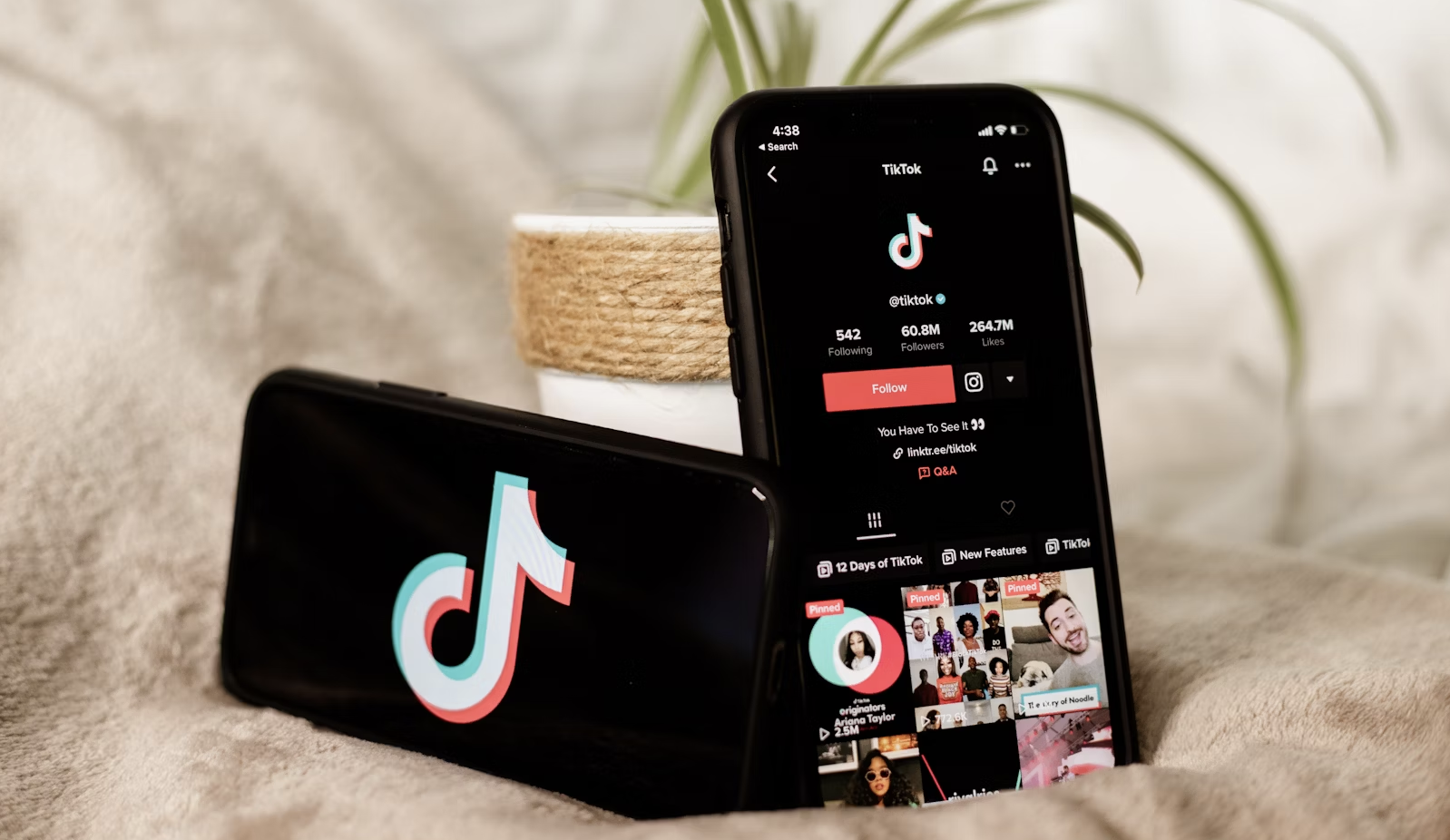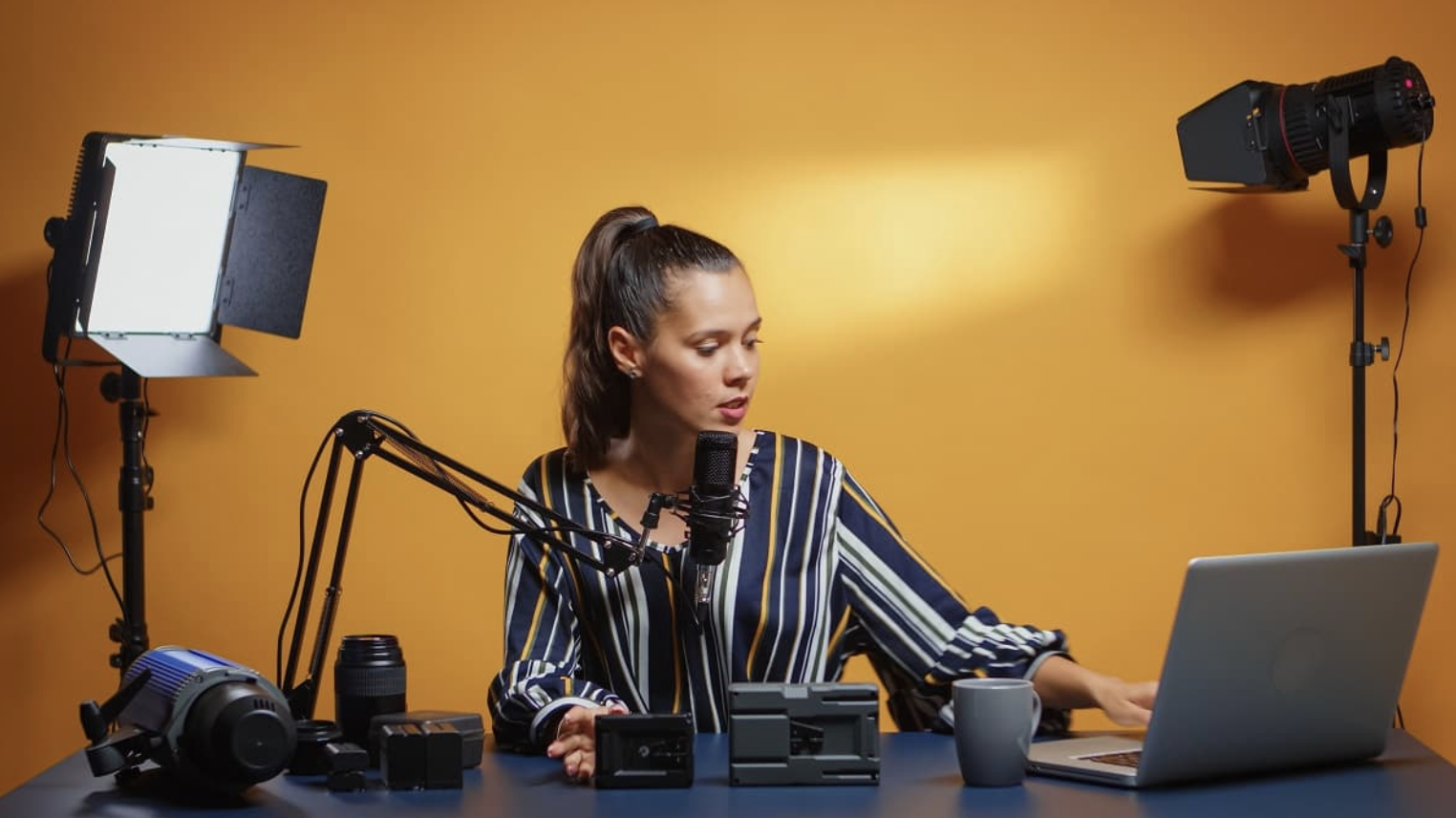Audio transcription has become essential for many industries, from content creation to business communication. With the rise of AI models like ChatGPT, many wonder if it can handle audio transcription effectively.
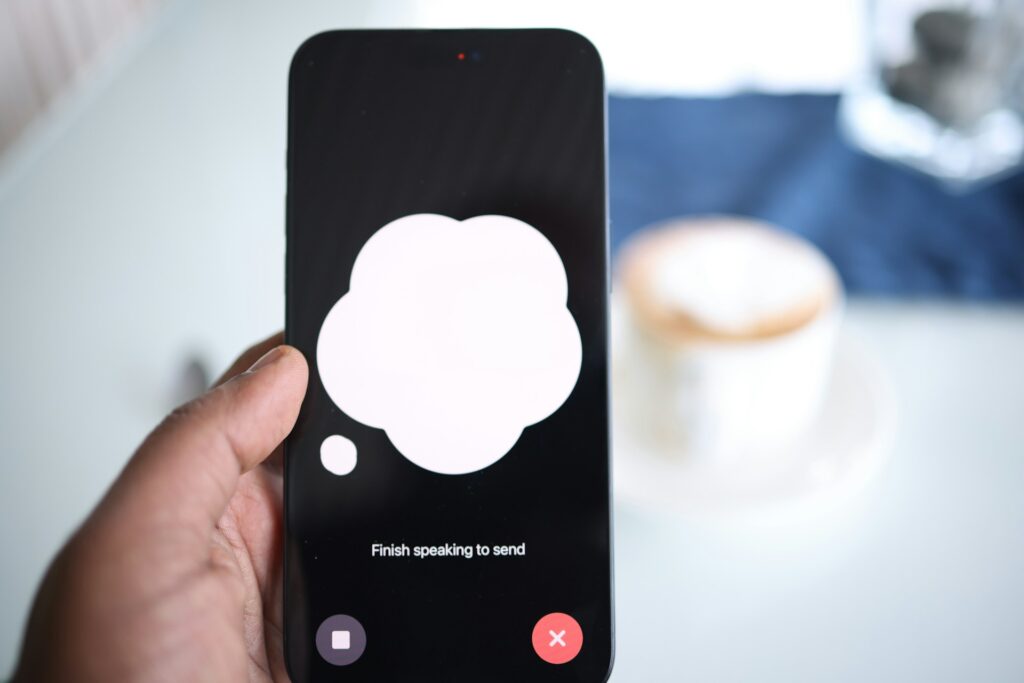
Can ChatGPT Transcribe Audio?
The short answer is yes, but with some clarification.
ChatGPT indirectly assists with audio transcription by utilizing a speech-to-text functionality powered by OpenAI’s Whisper API.
While ChatGPT is a text-based language model, it can work with Whisper to transcribe audio into text. Whisper handles the transcription, and then ChatGPT processes the text to generate a response. These tools complement each other, but they are NOT directly integrated.

How ChatGPT and Whisper Work Together for Audio Transcriptions
While ChatGPT and Whisper are separate models designed for different tasks, they can be integrated within an application. Here’s the process it works:
Voice Input
The process begins with speaking into your device’s microphone or uploading an audio file. Whether you’re giving a command, asking a question, or recording a long conversation, Whisper starts by capturing the audio input.
Audio Preprocessing
The audio input is cleaned and preprocessed. Whisper API filters out background noise, enhances voice clarity, and identifies pauses and emphasis in your speech, preparing the audio for transcription.
Speech Recognition
Whisper API then analyzes the audio using its deep neural networks. It breaks the sounds into smaller segments, detects words and phrases, and understands the context to ensure an accurate speech transcription. Whisper is trained on diverse datasets, effectively handling various accents, languages, and speech patterns.
Transcription
Once the speech has been recognized, Whisper converts it into text. The API uses sophisticated algorithms to maintain accuracy, even when faced with complex accents, overlapping speech, or noisy environments. The text transcription is formatted and organized to reflect your speech patterns.
Output to ChatGPT
ChatGPT then processes the transcribed text. This allows ChatGPT to “understand” what was spoken and generate a relevant response or action. Whether it’s answering a question, assisting with note-taking, or processing a voice command, ChatGPT delivers a response based on the transcribed input.

Image Source: Whisper by OpenAI
Limitations of ChatGPT Audio Transcription with Whisper API
Despite its strengths, there are some limitations to keep in mind when using Whisper for transcription with ChatGPT.
1. ChatGPT Cannot Transcribe Audio Directly
ChatGPT relies on Whisper for audio transcription. Whisper processes the voice input and converts it into text, which ChatGPT then uses to generate responses. This means ChatGPT itself does not have built-in audio transcription capabilities.
This separation can be a limitation for users who expect ChatGPT to handle both conversation and transcription seamlessly. Integrating an additional tool like Whisper adds an extra step to the process, which can be cumbersome for those looking for an all-in-one solution.
2. Steep Learning Curve for API Knowledge
Whisper’s integration with ChatGPT comes with a significant learning curve, especially for users unfamiliar with configuring APIs. To set up Whisper effectively, users need to understand API keys, configuration settings, and sometimes even programming languages to customize the tool.
This complexity can be daunting for beginners, requiring them to spend considerable time learning the necessary technical skills before they can fully utilize Whisper’s capabilities. This steep learning curve can be a barrier, preventing many potential users from adopting the tool.
3. Not Suitable for Non-Technical Users
Due to the technical setup required, Whisper may not be ideal for users without a technical background. Setting up Whisper to work efficiently with ChatGPT requires some programming knowledge, making it less accessible to non-technical individuals. For instance, users need to know how to handle API integrations, configure system settings, and troubleshoot issues that may arise. This level of technical requirement means that those without coding skills may struggle to get Whisper and ChatGPT working together effectively, limiting the accessibility of this tool to a broader audience.
4. Custom Training is Necessary
Whisper can handle diverse accents and languages, but it often needs to be trained and adjusted for your use case to meet specific requirements fully. This means you may need to fine-tune Whisper to ensure it meets your transcription needs accurately. For example, suppose you work in a specialized industry with unique jargon or technical terms. Whisper may need additional training to transcribe these specialized words in that case accurately.
This process can be time-consuming and requires some understanding of machine learning concepts, which adds an extra layer of complexity to using Whisper for precise transcription.
5. Limited Language Support
Whisper supports more than 50 languages, but this may not be sufficient for users who need transcription in less common languages or dialects. While it covers many major languages, its limitations can impact global users seeking wider language support. This can be particularly problematic for users in multilingual regions or those needing to transcribe audio in indigenous or less widely spoken languages. The lack of support for these languages means that Whisper may not be a viable solution for everyone, limiting its utility for users with more diverse linguistic needs.
6. File Size Limitations
Whisper does not support audio files larger than 25MB, which can be a significant limitation for users of lengthy recordings or high-quality audio files. This restriction means that users may need to compress or split larger files before they can be processed, adding steps to the workflow. For users who need to transcribe long meetings, interviews, or podcasts, this file size limitation can become a major inconvenience, complicating the transcription process and potentially affecting audio quality.
Who is Suitable for Using ChatGPT via Whisper API?
ChatGPT via Whisper API is best suited for certain types of users, particularly those with some technical background or support.
- Businesses with IT Team Support: Companies with dedicated IT teams can effectively manage the setup and integration of Whisper with ChatGPT. The technical expertise provided by IT professionals helps handle the configuration, customization, and maintenance of the API integration, making the process smoother and more efficient.
- Developers: Developers who are comfortable working with APIs and programming will find the integration of Whisper with ChatGPT more straightforward. They can easily configure the API, make necessary adjustments, and customize the solution to fit specific requirements, fully leveraging Whisper’s capabilities.
- People Skilled in APIs: Individuals who have experience working with APIs and understand how to navigate API documentation and troubleshooting will find Whisper’s integration with ChatGPT more manageable. Their knowledge allows them to bypass the steep learning curve and make the most of Whisper’s features for transcription.
Introducing Clipto.AI for Audio Transcription
If you’re a journalist, researcher, podcast creator, or any content creator, having a reliable and precise audio or video transcription tool is essential. Clipto.AI is designed to meet your transcription needs with ease and accuracy. It’s the ideal solution for content creators, individuals without a coding background, and anyone looking to quickly generate transcripts from audio or video files.
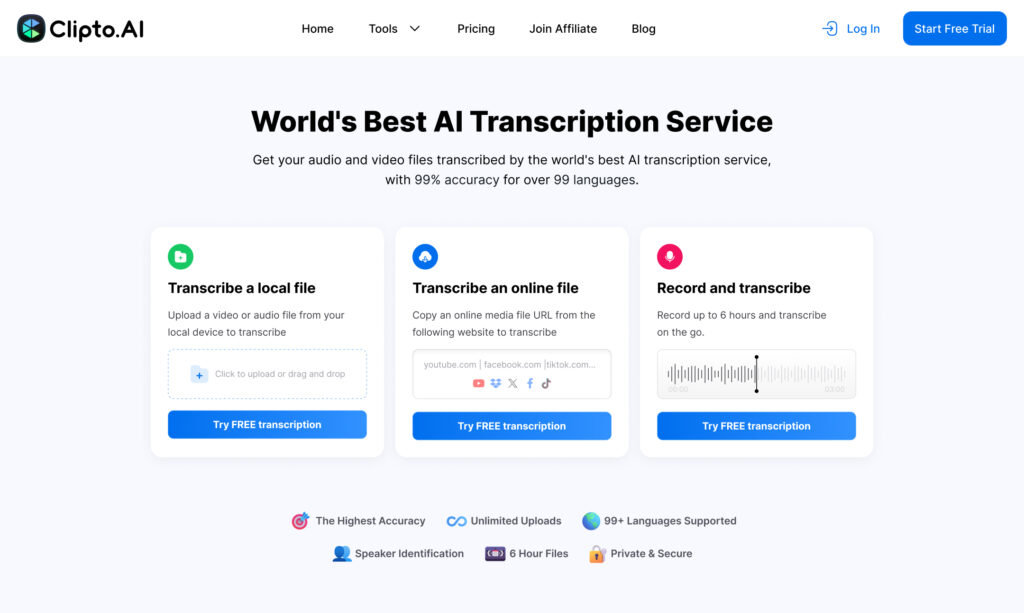
Unlike ChatGPT, Clipto allows users to upload audio files directly, streamlining the process by eliminating manual conversions. With features like accurate transcription, speaker identification, and support for multiple file formats, Clipto offers an all-in-one, user-friendly solution. Whether for personal or professional use, Clipto ensures efficient and precise transcriptions, making it a comprehensive tool for all your transcription needs.
Key Features of Clipto
- Direct Audio or Video Upload: Supports direct uploading of audio files, making transcription a straightforward process.
- Multiple File Formats or URL Upload: Clipto supports a wide range of audio file formats, allowing users to work with whatever they have.
- Accuracy with 99+ Languages: Capable of handling various accents, specialized terms, and challenging audio environments with high precision.
- Various Export Options: Easily export your transcriptions in multiple standard formats, such as SRT, VTT, and plain TXT, or select Final Cut and Premiere Pro project formats for seamless integration into your content creation workflow.
Clipto vs. ChatGPT: Audio Transcription Feature Comparison
To better understand the differences between Clipto and ChatGPT for transcription purposes, here’s a quick comparison:
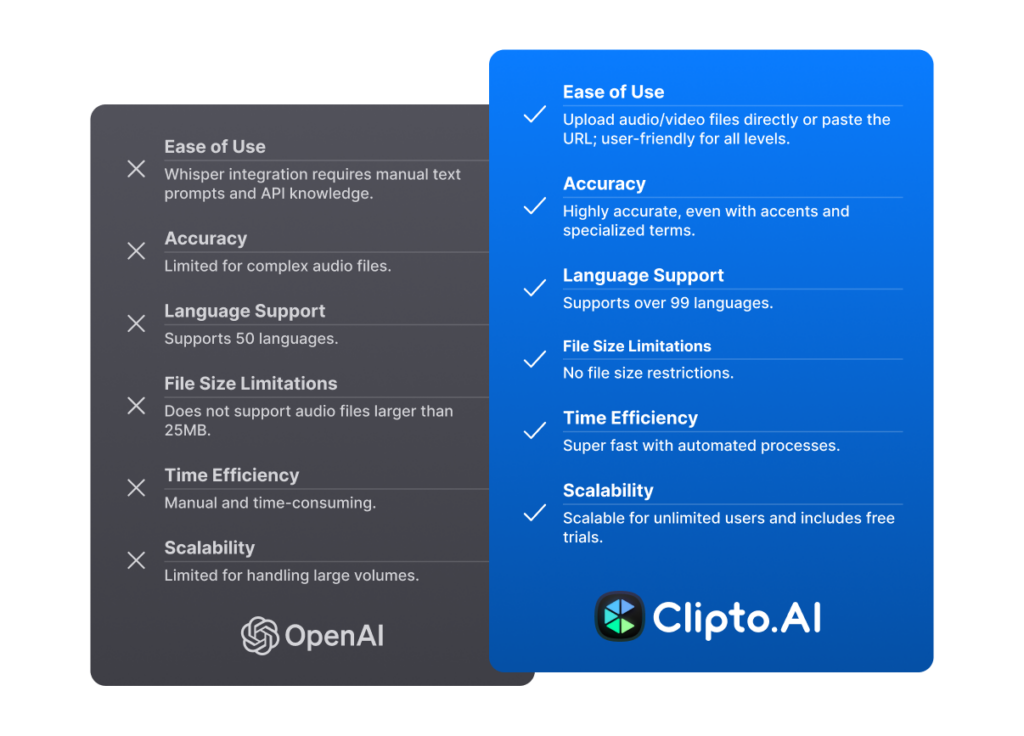
Use Cases of Clipto
Clipto excels in a variety of scenarios where transcription quality and efficiency are critical:
- Podcasts and Content Creators: Clipto makes it easy for content creators to transcribe long-form content, allowing them to repurpose it or improve accessibility. Podcasters, in particular, can quickly generate transcripts to accompany their audio, enhancing both accessibility and SEO. With Clipto’s user-friendly design, there’s no steep learning curve to navigate. In contrast, integrating Whisper with ChatGPT requires a more complex setup, which may not be practical for creators who need fast turnarounds.
- Business Meetings: Clipto offers accurate audio transcriptions for meetings. It allows users to record, transcribe, and receive detailed notes and concise summaries, enhancing note-taking and documentation. Unlike the ChatGPT with Whisper API, which requires a more complex setup, Clipto is easy for businesses to implement without needing an IT specialist. This makes it a convenient and efficient tool for boosting productivity and communication.
- Educational Content: Students and researchers can greatly benefit from accurate transcriptions of lectures, interviews, and summaries, essential for written assignments and essays. Clipto’s user-friendly interface enables students to focus on their learning instead of the technicalities of transcription. By offering a seamless way to document educational material, Clipto eliminates the need for complex tools like Whisper, making the process more efficient and accessible.
Conclusion
While ChatGPT offers some capabilities for audio transcription, its limitations make it a less practical choice for those who need accurate and efficient results. Clipto, on the other hand, is designed specifically for transcription, offering features like direct audio upload, high accuracy, and time-saving tools that make it the ideal solution for personal and professional use.
Ready to experience hassle-free audio transcription? Try Clipto for free today and see the difference for yourself.

